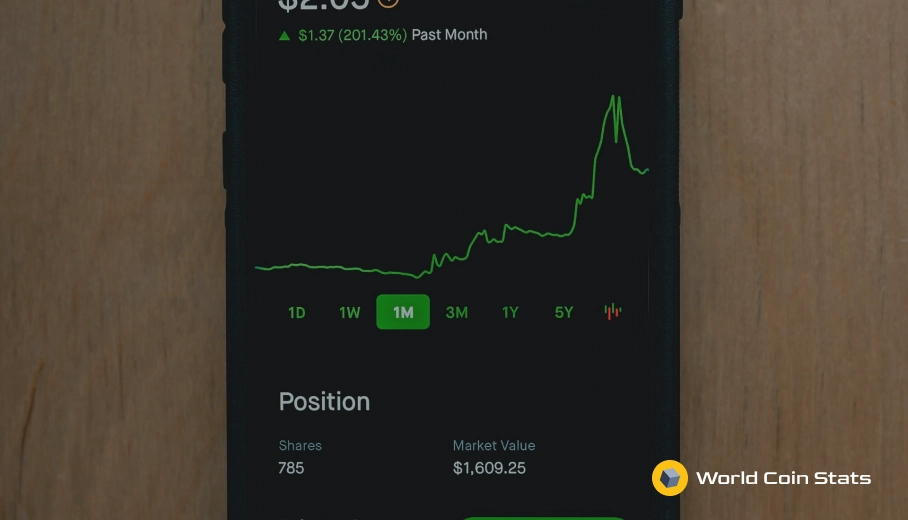Low-Risk Investments
During volatile times, such as occurred with COVID-19, investors often look for low-risk investments. You want something that will earn you a little more than a savings account but won’t risk your entire investment.
The safest investment anywhere is a savings account at an FDIC insured bank. But, if you want to earn more than the minimal interest rates they offer, you have other options.
Keep in mind, low risk means low returns. You won’t fund your entire retirement savings or be able to take your dream vacation on the earnings, but you may grow your investment.
CDs
CDs offer a fixed interest rate for a specified period. You know your exact returns based on the interest rate and term. CDs may offer higher APYs than a traditional savings account, especially if you choose a longer-term.
Make sure you choose a term you can leave the money untouched. If you access it before the maturity date, you’ll pay a penalty charge, which eats at your profits. CDs do have FDIC insurance protection, which limits or eliminates your risk.
Treasury Notes and Bonds
How does loaning money to the government sound? That’s what treasury notes and bonds do. You buy a note for a discounted amount, and the government pays you interest throughout the term. If you leave the note or bond until maturity, you’ll receive the full face value back too.
Treasury notes offer shorter-term investments than bonds. Choose from a 2, 3, 5, 7, or 10-year term for notes or 20 or 30-year terms for bonds.
You can hold on to notes and bonds until maturity or sell them earlier in the market, but you’ll sell them at a discount.
Preferred Stocks
Stocks rarely fall under the ‘low risk’ umbrella, but preferred stocks are an exception. Preferred stocks pay fixed returns. Many pay quarterly, but it varies by company. Preferred stocks also go by ‘dividend stocks.’ Companies pay a dividend or a portion of its profits to shareholders.
Unlike common stocks, preferred stocks pay dividends no matter what the stock prices do. Common stocks have varying dividends based on the stock’s share price.
As far as risk, most companies do what they can to pay preferred stock dividends unless they’re in severe trouble. Preferred stockholders are second in line should the company go bankrupt, though, as bondholders are first.
Stable Value Funds
Many 401K plans offer stable value funds. These are contracts with banks and insurance companies. Stable value funds provide a stable return and are liquid. They are a good option for those near retirement due to the liquidity and earnings potential.
Stable value funds offer rates of return similar to short and mid-term bonds but have very little volatility.
Annuities
You can invest in two annuities – fixed and immediate.
Fixed annuities are like CDs, except you buy them from an insurance company. You earn a fixed interest rate that grows tax-deferred. You can’t cash the earnings in before age 59 ½ (retirement age) though, or you’ll face tax penalties.
Immediate annuities are another insurance company investment. Rather than waiting until retirement age to withdraw the funds, though, you receive the interest earnings monthly.
Before investing in annuities, check the insurance company’s financial stability. Is the company secure? If they fold, you lose your investment. There may be a small guarantee of your investment if an insurance company folds, but don’t rely on it.
Money Market Funds
Diversification is important to minimize your losses. Money market funds do this for you. They invest in a variety of short-term investments, including CDs and short-term bonds. Unlike investing in a CD or short-term bond itself, money market funds are liquid. You may cash in whenever you need money. You don’t have to worry about penalties or fines.
High-Yield Savings Accounts or Money Market Accounts
Savings accounts typically offer minimal interest on your investment, but online high-yield savings accounts and money market accounts offer slightly higher rates.
Many high-yield savings accounts and money market accounts have high minimum balance requirements. The upside, though, is you earn more interest. Pay close attention to the minimum balance requirements to avoid paying unnecessary fees.
Low-risk investments give you a little return on your money without risking a total loss. While no investment is ‘risk-free’ these investments minimize your losses. Choosing a variety of low-risk investments along with riskier investments diversifies your portfolio and reduces your risk of loss.




